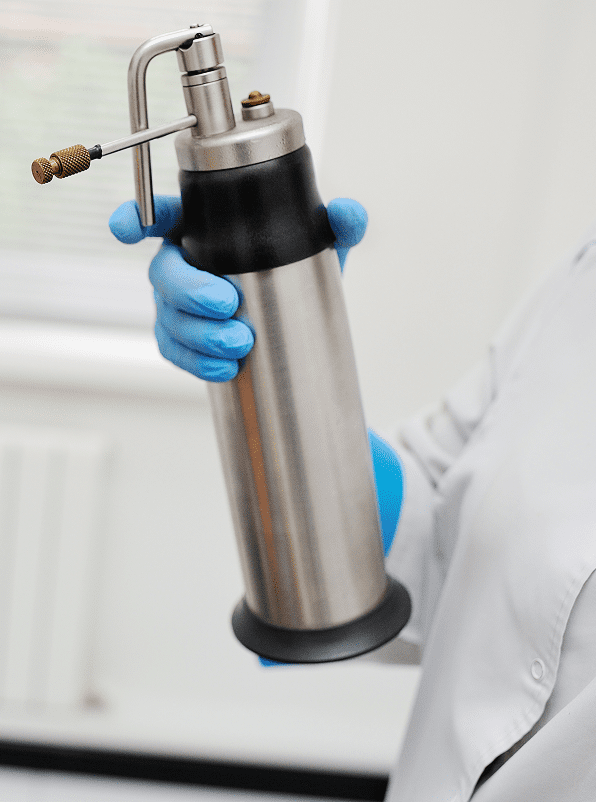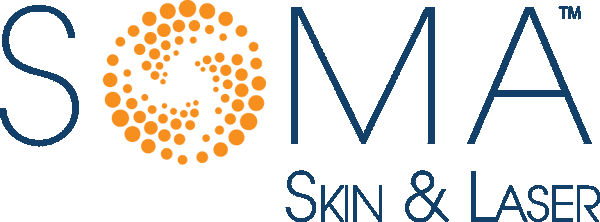
What Is Cryotherapy For Skin Lesions?
Cryotherapy, also known as cryosurgery, is a technique in which a skin lesion is frozen, resulting in death of the cells. Liquid nitrogen is used in most cases in modern dermatology practice. Dry ice may sometimes be used as well, but it is not common.
Cryotherapy is used in dermatology to treat a variety of skin problems, both benign and malignant. Commonly treated lesions include actinic keratoses and superficial basal cell carcinomas, as well as common warts, genital warts, molluscum, and seborrheic keratoses. Melasma, lentigines, and acne cysts are also commonly treated with cryotherapy. Other lesions, including vascular lesions, are sometimes also amenable to cryotherapy, but pulsed-dye laser is more commonly used. By far the most common use of liquid nitrogen by dermatologists is the treatment of actinic keratoses and warts.
Book AppointmentWhat Happens In Cryotherapy With Liquid Nitrogen?
Lesions treated with cryotherapy may become red, crusted, or blister, but usually heal with minimal or no scarring, depending on the intensity of treatment. However, lesions requiring extensive freeze times may result in scarring. Hypopigmentation, especially in darker skin types, is a frequent side effect. Intense freezing is typically required to treat skin cancers.
In cryotherapy, liquid nitrogen is applied to the lesion, usually from either a spray canister or by cotton swab. In some cases a metal cryoprobe is applied to the skin and the liquid nitrogen used to cool the probe. Topical or local anesthesia is sometimes applied first, especially when treating children.
For conditions such as warts or molluscum, cryotherapy is repeated at two to three week intervals until the condition is resolved. Sometimes many treatments are required. In the case of actinic keratoses, new lesions may occur and skin surveillance is required. Warts and molluscum also are prone to recurrence, or new lesions occurring nearby, and it is prudent to monitor for any new warts.
Freeze times typically range from 5 to 30 seconds with one or two freeze-thaw cycles being applied. Treatment may require repetition at 2-6 week intervals until all of the lesions are resolved. Overall, cryotherapy is a safe and effective in-office procedure used for numerous dermatological conditions.
Does Cryotherapy With Liquid Nitrogen Hurt?
Cryotherapy can sting or burn. It can be particularly unpleasant when treating fingertips. Most people get through the procedure without any numbing, but sometimes topical numbing is used, especially for children.
How Cold Is Liquid Nitrogen?
Liquid nitrogen is a very cold -196°C. Malignant lesions usually require cooling to -50°C while benign lesions require treatment to -25°C.
What Else Is Liquid Nitrogen Good For?
It’s used for tons of things in industry. You can cook with it. And sometimes we make ice cream with it!
Dr. E making ice cream with liquid nitrogen for a patient. #somaskinandlaser #dermatology #liquidnitrogen
Posted by SOMA Skin & Laser on Monday 8 January 2018
